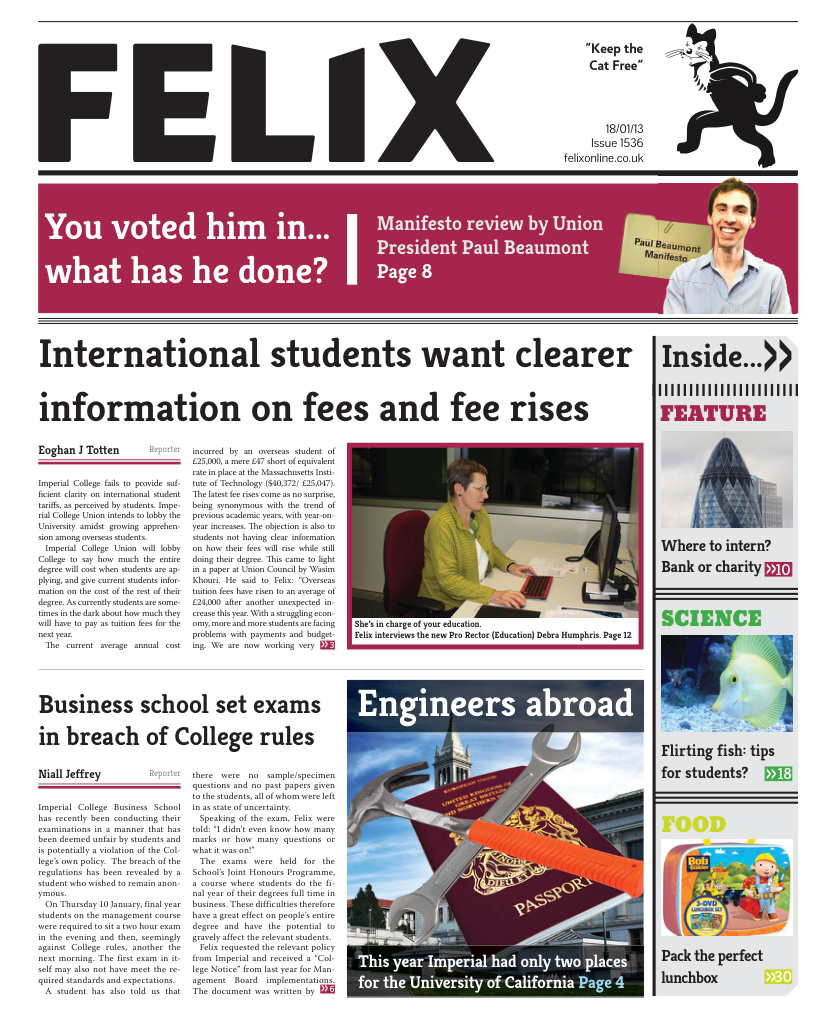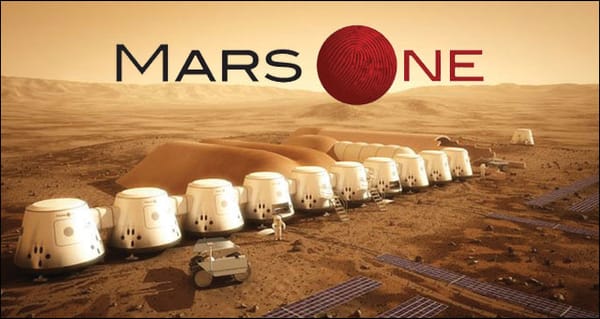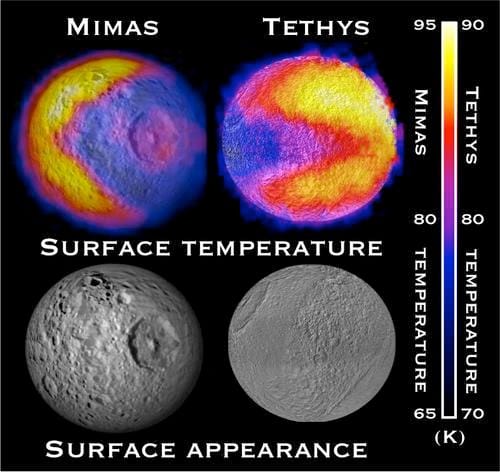Your atomic number’s up
Pavitar Singh Devgon talks about the new clock that has got the masses into a frenzy

Whether it was using sand, sundials or swinging pendulums, humans have strived to create more efficient time keeping devices. The past century saw a large jump with the introduction of the atomic clock. Current models operate by measuring the microwave energy signature of electrons dropping between energy levels. These are remarkably precise with errors as little as 1 part in 1017, which equates to dropping a second every 3 billion years or so.
Since the metric system was defined (later superseded by the International System of Units), physicist have sought ever more precise methods to determine the standard weights and measures. For example, the metre was first defined as a fraction of the meridian line on the Earth – a very physical and tangible measure. With the aim of improving accuracy, however, it was generally adopted to define the base units in terms of important physical constants, which are more resolute and rigid. This had led to the metre being defined as a fraction of the speed of light. The second is measured by the radiation emitted from electron shell transitions of a fixed, duplicable atom. All the other SI units are defined this way, apart from the kilogram, which is defined only in terms of a prototype platinum-iridium rod kept in France.
A research experiment by a team from the University of California, Berkeley, intended to produce accurate atomic clocks, and could now also be used to refine the definition of the kilogram. Based on Arthur Compton’s idea that photons deliver kinetic energy to electrons andalter their momentum, and Louis de Broglie’s theory that moving electrons can be thought of as waves, the new atomic clock works by measuring the Compton frequency of atoms.
Characteristic Compton frequencies are used: around 1020 Hz for electron-waves, and 3 × 1025 Hz for a caesium atom. An ultra-precise laser is used to deliver fixed impact pulses to half a sample of caesium atoms, with the effect of slowing the Compton frequency. By combining the pulsed sample with the original half and using atom interferometry to measure their interaction. When the samples separate to a multiple of the Compton frequency, the output of the interferometer is high. The frequency of the fixed impact pulses is then the frequency of the atomic clock.
Though the new atomic clock is only accurate to 4 parts per billion, Holger Müller, leader of the research team, states that “it’s no better than the original atomic clocks 50 years ago. But who knows what we could achieve with five decades of improvement.”
What is different about this experiment is that other atomic clocks are dependent on several parameters of the system, such as spin of electrons and its interaction with the nucleus. These are not always fundamental and could be improved. Additionally, they require at least two atoms, one for reference, while this design could be adapted to work with single atoms and high-precision lasers.
Nevertheless, there is criticism of the research. Claude Cohen-Tannoudji, winner ofthe 1997 Nobel Prize, is not satisfied with the findings and what is claimed from them: their paper “reports a measurement of the recoil frequency, but this recoil effect has been known for decades. Any atomic clock involves masses. But nowhere in their experiment, does a real Compton oscillator at 1025 Hz appear!” While the debate continues, other physicists are at least interested in the possibilities mentioned.
DOI:10.1038/nature.2013.12191









